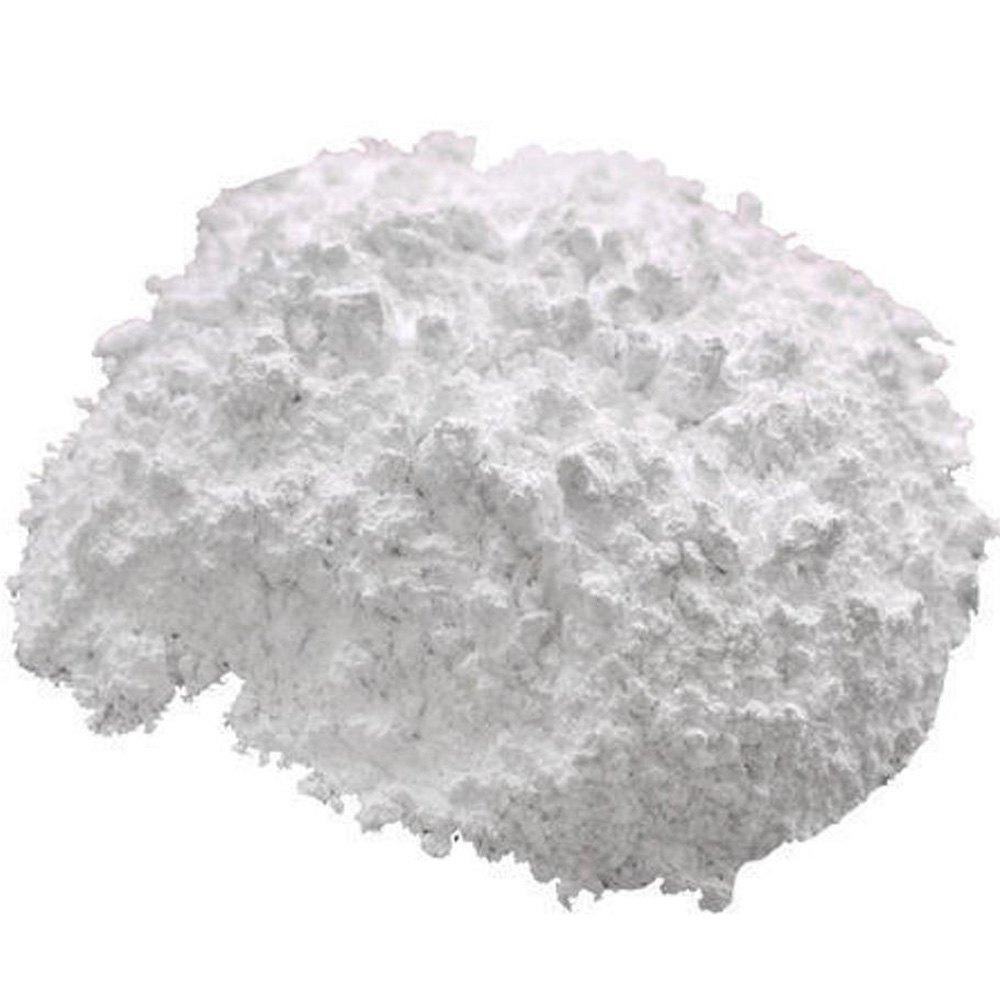Plastics are essential materials used in various industries, from packaging to automotive manufacturing. To enhance their properties and performance, manufacturers often incorporate additives. One such additive is activated calcium carbonate, a versatile compound that plays a significant role in improving the quality of plastic products.
What is Activated Calcium Carbonate?
Activated calcium carbonate is a finely powdered form of calcium carbonate that has been treated to increase its surface area and reactivity. This form of calcium carbonate is created through a process that enhances its physical and chemical properties, making it suitable for various applications. It is derived from natural sources like limestone, and its purity and particle size can be adjusted based on the requirements of the specific application.
Benefits of Adding Activated Calcium Carbonate to Plastics
Improved Mechanical Properties
One of the primary reasons for adding activated calcium carbonate to plastic formulations is to improve mechanical properties. The presence of this additive can enhance stiffness, tensile strength, and impact resistance. By reinforcing the plastic matrix, activated calcium carbonate helps create a more durable and robust material that can withstand everyday use and external stressors.
Cost-Effectiveness
Using activated calcium carbonate can also be a cost-effective solution for manufacturers. It serves as a filler material that can partially replace more expensive polymers without compromising quality. By reducing the amount of more costly plastic resins needed in a formulation, companies can lower production costs while still maintaining performance standards.
Enhanced Processing Characteristics
Activated calcium carbonate can improve the processing characteristics of plastics. When added to plastic resins, it can enhance the flow properties during manufacturing processes such as extrusion and injection molding. This results in better mold filling and reduced production time, ultimately increasing efficiency in the production line.
Improved Surface Finish
The use of activated calcium carbonate can lead to a smoother surface finish in plastic products. Its fine particle size contributes to a uniform dispersion within the plastic matrix, which helps achieve a more aesthetically pleasing final product. This is particularly important for consumer goods where appearance plays a critical role in marketability.
Increased Brightness and Opacity
Activated calcium carbonate can enhance the brightness and opacity of plastics, making them more visually appealing. The addition of this compound can help achieve a desirable level of whiteness and brightness, which is especially important in applications like packaging, where product visibility is key. This characteristic can also help reduce the need for additional colorants or whitening agents.
Applications of Activated Calcium Carbonate in Plastics
Activated calcium carbonate is used in various plastic applications across different industries. In the packaging industry, it is often added to films and sheets to enhance their durability and visual qualities. In the automotive sector, it is used in interior components to improve strength and reduce weight. Additionally, it is found in construction materials such as pipes and fittings, where improved mechanical properties are essential for long-term performance.
Conclusion
The addition of activated calcium carbonate to plastics offers numerous advantages, including improved mechanical properties, cost-effectiveness, enhanced processing characteristics, and better surface finishes. Its ability to increase brightness and opacity further enhances its appeal in various applications. As the demand for high-quality plastics continues to grow, the use of activated calcium carbonate will likely play a crucial role in meeting these needs. By incorporating this versatile additive, manufacturers can produce superior plastic products that satisfy both performance and aesthetic requirements.

